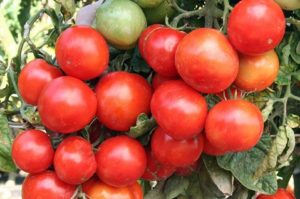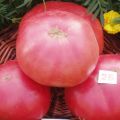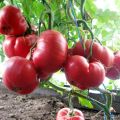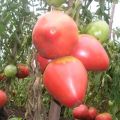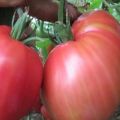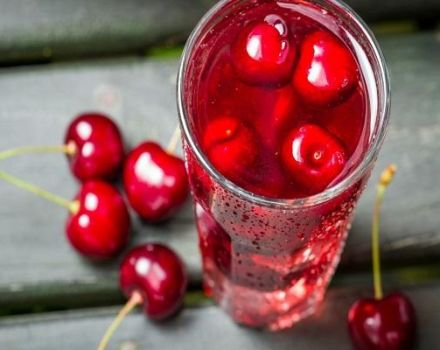Description of the variety of tomato Cetus pink, its characteristics and productivity
The pink Cetus tomato is a development of Italian breeders, but in a short time has become popular in Russia. Due to its strong survival qualities, the variety is grown today in various Russian regions. When breeding an indeterminate species, the task was to combine excellent taste characteristics and high yield rates. The advantages of the new type are:
- high yield rate;
- rich tomato flavor, which compares favorably with most traditional types;
- early ripening of fruits;
- resistance to major diseases of the tomato;
- ability to withstand low temperatures and heat.
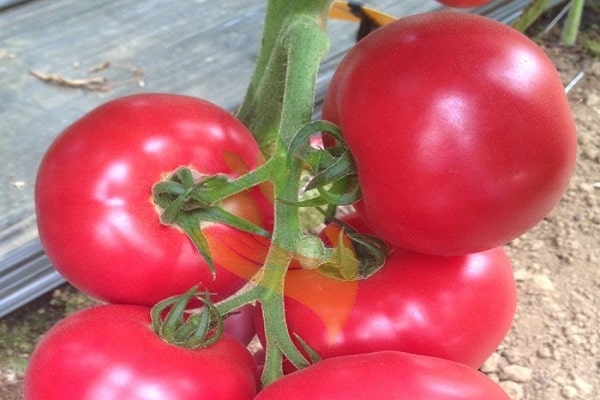
A distinctive quality of the new species is the unusual taste of vegetables, the content of vitamins in which is several times higher than traditional red tomatoes.
Description of tomatoes
Tomatoes have a characteristic rounded shape with a slight flatness. The fruits of the pink Cetus tomato have a dense pulp and a rich raspberry color. When you cut a vegetable, you can see a bright pink tint.
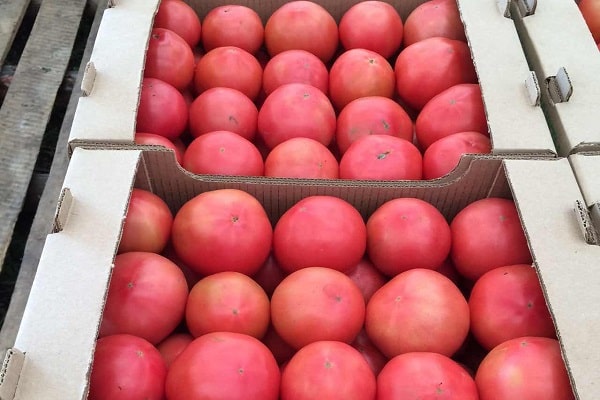
From 6 to 8 fruits are formed in one cluster. Inflorescences tolerate stress well and are able to maintain good setting properties even in difficult climatic conditions. Even the first brushes are capable of producing at least 5 tomatoes. Vegetables are distinguished by their beautiful appearance and special color.
The average weight of vegetables ranges from 250 to 270 grams... By controlling the size of the brushes, it is possible to obtain fruits of 300 grams.
Due to their dense structure, the fruits are well stored and are able to withstand long-term transportation. Vegetables retain their aesthetic qualities and do not crack during storage.
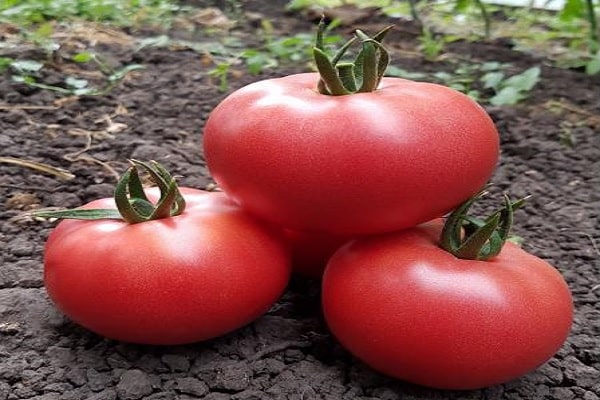
Care features
The height of the shoots reaches 2 meters, so the plant needs to be tied up. In this case, the shoots combine high growth and compactness. The bushes have a small number of leaves and short internodes, which makes it easier to care for the plant.
The plant has a developed root system, therefore, it is undemanding for watering and is able to provide shoots with a sufficient amount of nutrients. This ability makes it possible to increase the yield indicator by 20%, compared to traditional varieties. A strong quality is the ability to grow the variety year-round in glass structures.
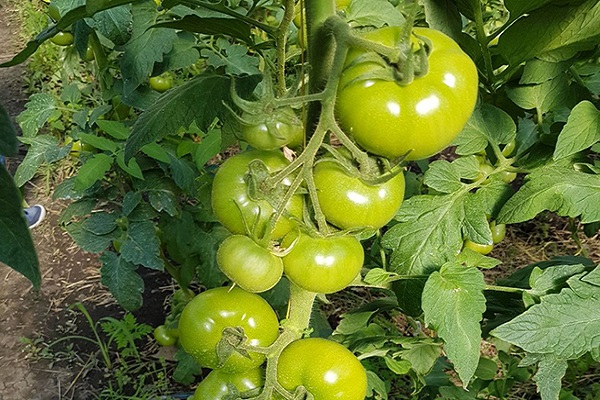
The plant is grown in seedlings and begins to bear fruit after 60–65 days from the moment the first shoots appear. With proper adherence to the rules of growing from 1 m², the plant is capable of giving up to 25 kg of vegetables. The first fruits when planting seeds in March are removed in July. A short turnover allows you to give 4-6 clusters with a smaller fruit size, the yield in this case does not exceed 15 kg per 1 m².
When planting, it is important to observe the recommended distance between the bushes. Caring for the plant consists in timely watering, removing weeds and providing support to the shoots by tying them up.

